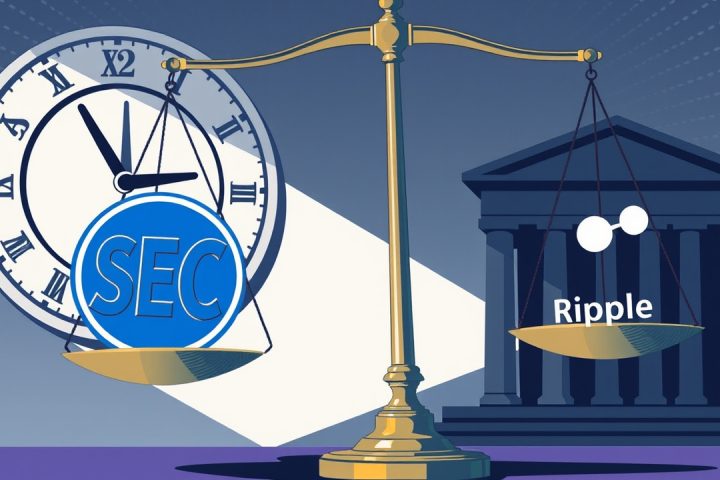Introduction
In a significant push towards clarity in the cryptocurrency regulatory landscape, Caroline D. Pham, acting chair of the Commodity Futures Trading Commission (CFTC), addressed the U.K. All-Party Parliamentary Group on Blockchain Technology on September 8, 2025. Her comments focused on the adaptive use of current legal frameworks rather than the need for entirely new regulations, following the urgent directives laid out in the President’s Working Group’s foundational report.
Crypto Sprint Initiative
Pham highlighted the CFTC’s innovative initiative known as the Crypto Sprint, designed to facilitate direct engagement with market players, thereby expediting regulatory clarity. The commission has already kickstarted public consultations regarding various aspects of spot cryptocurrency trading, aligning with the President’s Working Group’s recommendations, with feedback due by October 20, 2025. This proactive approach reflects Pham’s belief that timeliness and clarity are critical in a rapidly evolving crypto environment.
Collaboration with SEC
In a collaborative effort, the CFTC and the Securities and Exchange Commission (SEC) jointly announced that U.S. laws do not prohibit registered exchanges from trading specific spot crypto products. Pham emphasized that this development allows cryptocurrency to operate within existing regulatory structures, ensuring protections that have been established over decades. Among the key strategies discussed is the intention to utilize cross-border regulatory frameworks, such as substituted compliance and mutual recognition, which have been in place since the Dodd-Frank Act. This will enable the CFTC to efficiently manage foreign digital asset trading platforms and incorporate them into U.S. markets without the disruptions typically associated with regulatory complexities.
Adapting International Standards
Referencing lessons from the European Union’s Markets in Crypto-Assets (MiCA) framework, Pham argued that the U.S. should be looking to adopt and adapt these international standards for its own regulatory environment. This would allow the U.S. to harness tried-and-true regulatory models already functioning effectively overseas, rather than trying to create a separate, potentially problematic framework from scratch. She noted that employing existing mechanisms could help align U.S. regulations with global norms and foster a balanced environment for domestic innovation without the risk of regulatory arbitrage, which could arise from disparate international regulations.
Challenges and Future Directions
As regulators explore the balance between adapting existing regulations for digital assets and developing new, tailored approaches, Pham acknowledged the challenges posed by blockchain technology’s unique features. The regulatory landscape must evolve to address specific vulnerabilities and operational distinctions inherent in blockchain networks while still relying on proven frameworks.
Pham’s strategic framework does not rule out the future introduction of new regulations but instead proposes a two-pronged method: first, bringing digital assets into established regulatory frameworks; then, learning from their practical applications to refine or create targeted regulations as necessary.
Ongoing Regulatory Evolution
Additionally, a joint roundtable hosted by the SEC and CFTC is planned for late September to discuss potential legislative reforms and targeted exemptions, reinforcing the idea that existing rules are a starting point for ongoing regulatory evolution. The public consultations that emerged from the President’s Working Group further support this plan, with the intention of fostering a regulatory environment that adapts to the fast-paced changes in digital assets.
Conclusion
Kelman Law will continue to track developments in this dynamic regulatory landscape, offering legal counsel to clients as they navigate these shifting terrains. For those interested in understanding the latest in crypto regulation, the firm encourages reaching out for a consultation.




